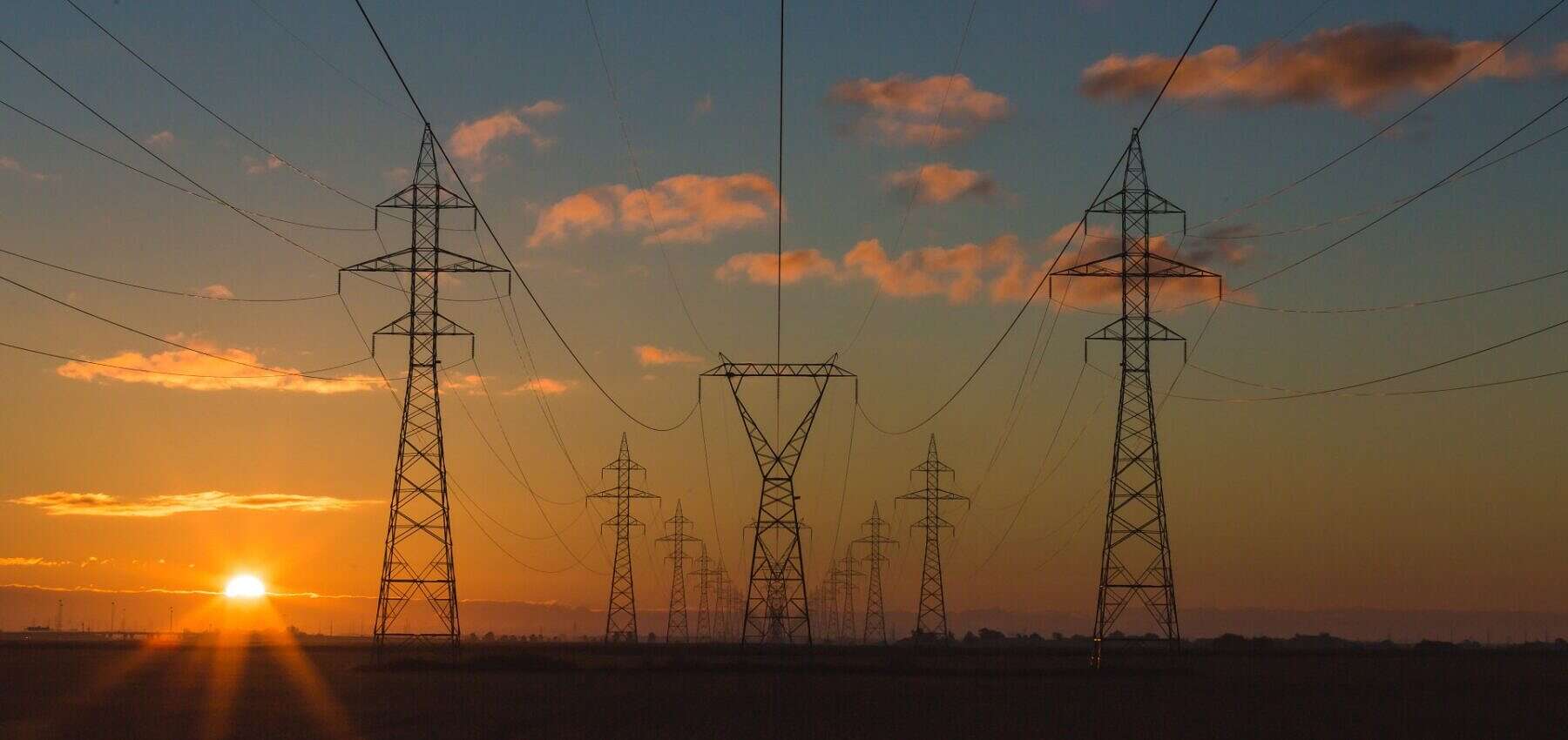This database collects examples of electric utility programs supporting beneficial electrification in agriculture. This resource is intended to help stakeholders find examples of programs that help farms and agribusinesses invest in efficient electric technology, improve their bottom line, and contribute to a more sustainable and equitable future. Examples of utility programs already serving the farming community can demonstrate the viability and impact of programs designed for agricultural customers, including specialized rates, incentives, and demand response programs.
The information in this database is categorized by type of utility, type of program, and targeted technology to assist stakeholders in finding programs of interest.
Here’s a breakdown of some terms used to organize the programs and rates:
- Efficiency Utility: A utility whose main purpose is to maximizing energy efficiency.
- Investor-Owned Utility (IOU): A utility company owned by private investors, operating for profit.
- Electric Cooperative: A utility owned and governed by its customers, typically serving rural areas.
- Public Utility: A utility owned by the government or public entities, operating for the benefit of the community.
- Non-Utility Program: Energy efficiency initiatives run by organizations other than traditional utility companies.
- Alternative Electric Supplier: Companies offering electricity supply options outside of traditional utilities.
- Agricultural Service Base Rate: A special rate structure designed specifically for agricultural businesses only.
- Time-of-Use Rate: An electricity rate that varies depending on a specific time of day or season.
- Rebate: A financial incentive offered by a utility or program administrator to encourage energy-efficient purchases or behaviors.
- Interruptible Rate: A discounted electricity rate offered to customers who agree to temporarily reduce their electricity use during peak demand periods.
- Energy Audit: A professional assessment of a building’s energy use, identifying areas for improvement.
- Grant: Funding provided by a utility or program administrator to support energy efficiency or electrification projects.
- Electric Bill Credit: A reduction in a customer’s electricity bill, often used to reward participation in a program or offset the cost of an energy-efficient upgrade.
- Pumping and Irrigation: Technologies related to moving fluids for watering lawns, crops, or industrial processes.
- Space Heating, Cooling, or Ventilation: Systems to control temperature and air quality inside a building or structure.
- Water Heating and Cooling: Technologies for heating or cooling water for various uses.
- Vehicle: Technologies related to cars, trucks, tractors on farms.
- Product Management/Processing: Technologies used to manage or create physical products.
- Lighting: Technologies for creating artificial light, like LED bulbs or smart lighting systems.
- Variable Frequency Drives: Devices that control the speed of electric motors to improve efficiency.
- Rewiring: Upgrading electrical wiring to meet current safety standards or handle increased power needs.
- Solar: Technologies that capture energy from the sun.
- Insulation: Materials that resist heat flow, used to keep buildings warm in winter and cool in summer.
